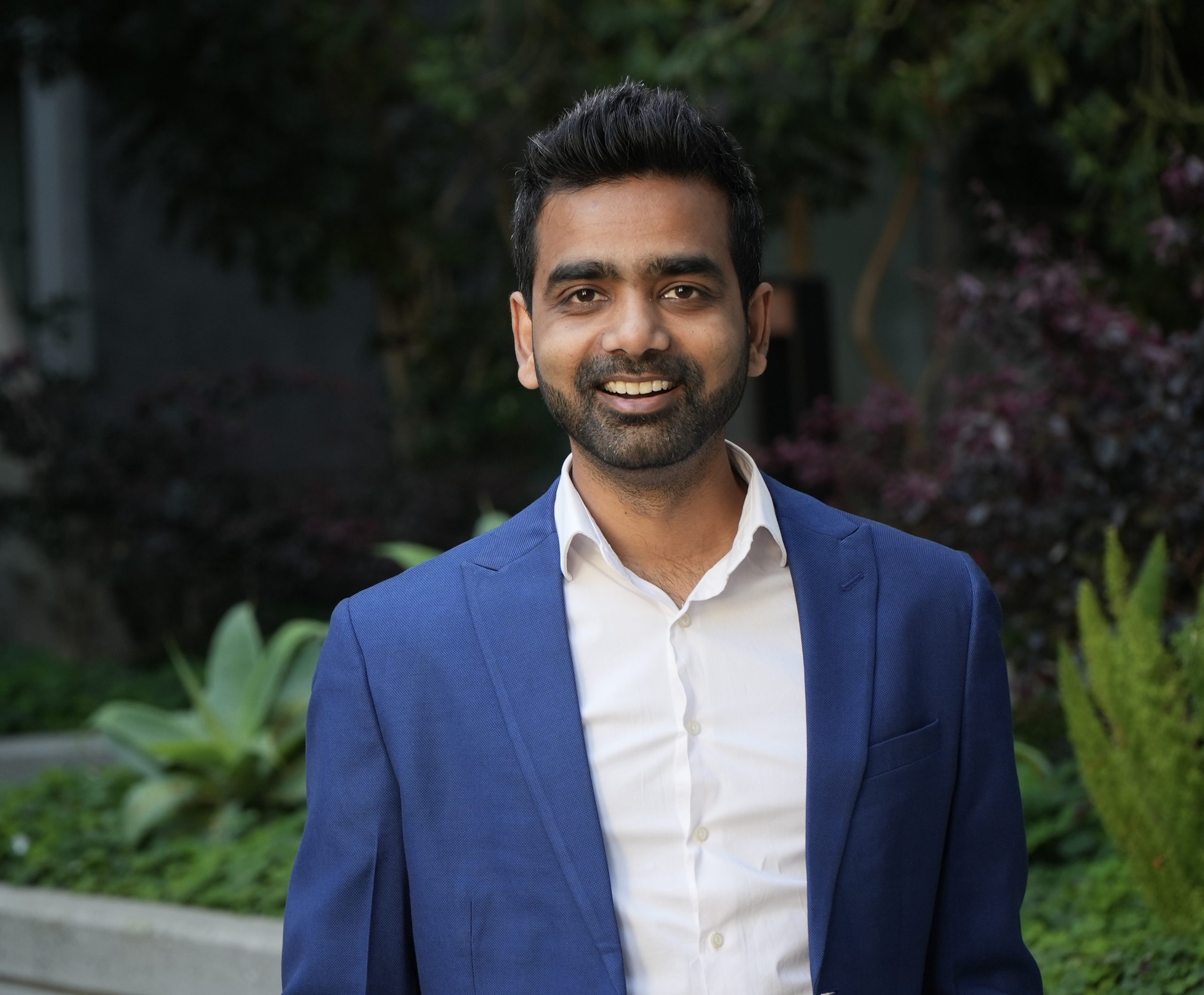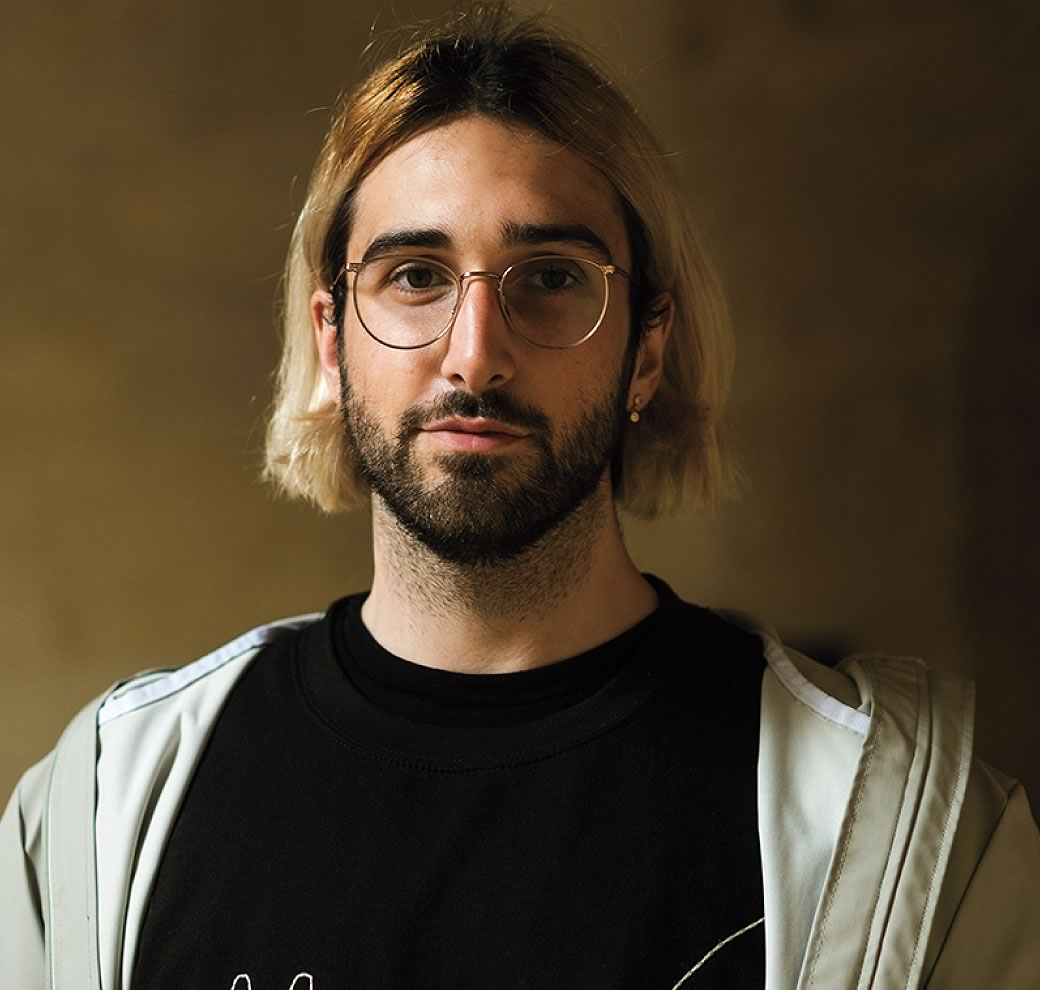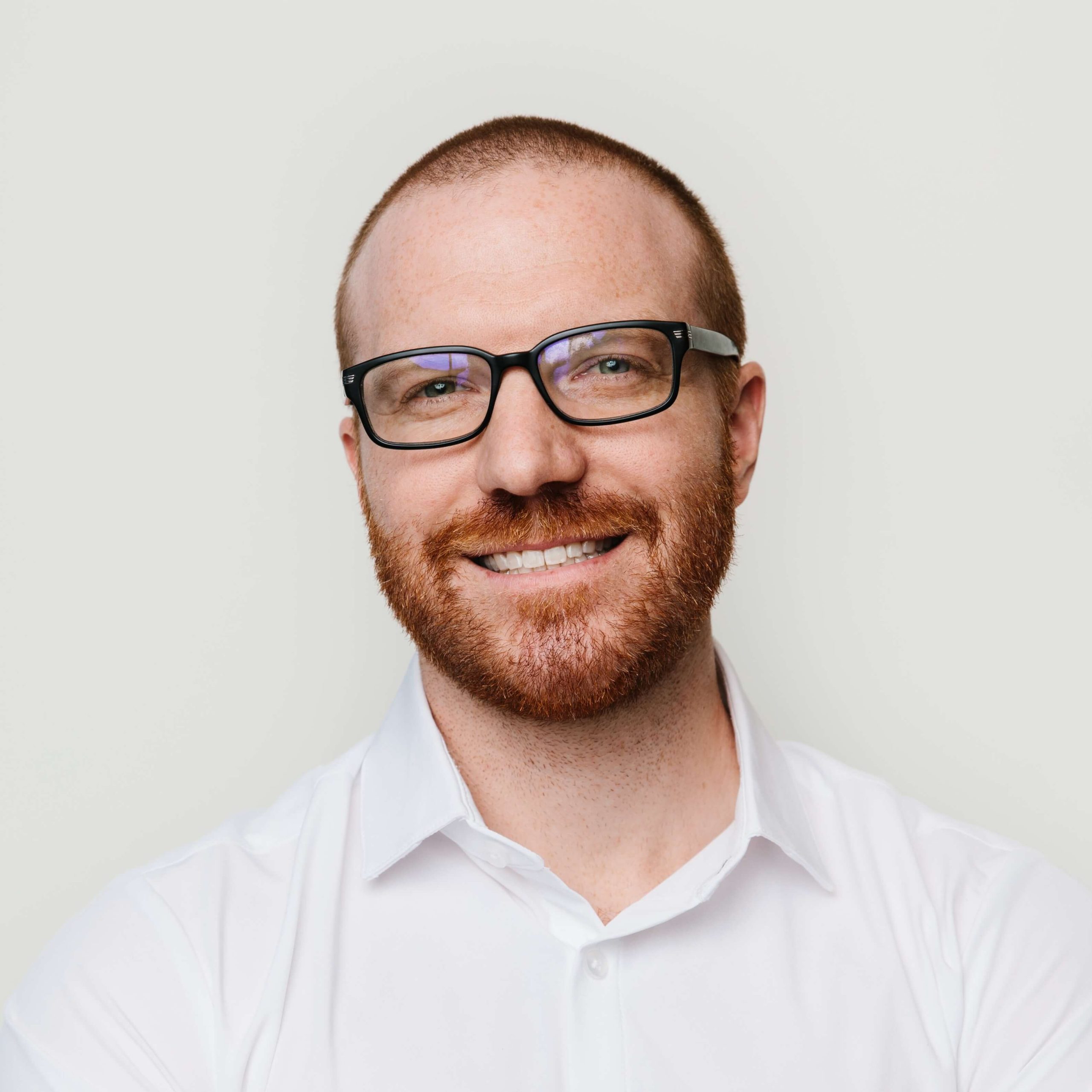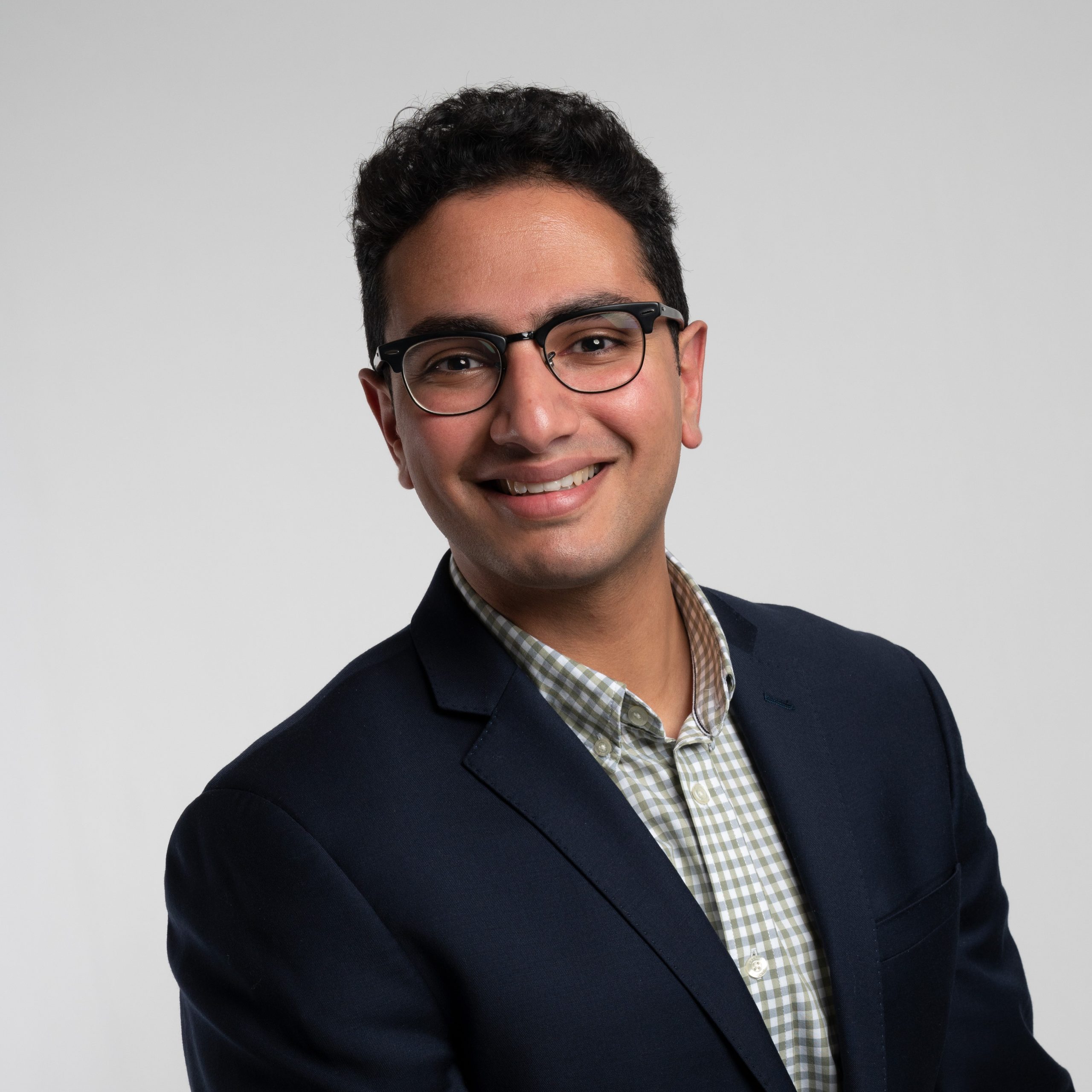Who are you? Tell us what you do for a living.
My name is Himanshu Gupta, and I’m the CEO and Co-Founder of ClimateAi.
As CEO of ClimateAi, the first enterprise climate platform for supply chains, I am dedicated to helping business leaders better understand, manage and communicate climate risk to improve transparency and increase profitability. Growing up in a multi-generational household in Indian small town two decades ago, I have vivid memories of hardships for my family and community during droughts and heatwaves that instilled in me a profound passion to find solutions addressing the core impacts of climate change.
Prior to ClimateAi, I worked with leaders around the globe on climate change initiatives in both the public and private sectors. I crafted the Indian government’s renewable energy vision for its 12th Five-Year Plan and led emissions pathways modeling work for India, for which I was honored in the Forbes 30 under 30 India list. I went on to work with former Vice President Al Gore and Lord Nicholas Stern on multiple climate initiatives for the U.S. and Europe, and co-authored a book on India’s low carbon economy.
Despite having never heard of California before the age of 20, I pursued my MBA and MS in environmental engineering from Stanford University where I met my co-founder Max Evans and the idea for ClimateAi took root. I now reside in San Francisco with my wife.
What challenge in AI are you working on right now?
The main challenge we’re working on is using Generative AI to increase the resolution of climate forecasts. We have already published a paper on this topic, and we are currently evaluating its use in our product.
We’re also working on combining industry datasets with our forecasts to come up with more granular industry-specific “climate impact” functions.
What do you find most exciting about AI right now?
Generative AI tools like ChatGPT are attracting new eyeballs from the general public to the AI space. But they’re also raising eyebrows. Many people who don’t understand how AI programs work are fearful that AI will take their jobs or even “take over the world.” It’s important for us working in the space to be able to communicate not only how AI actually works, but also that it has practical applications that can address important problems like climate change. In these practical applications are opportunities for businesses to protect their operations, supply chains, jobs, and communities.
How do you see the world in 50 years?
I envision a world where there is no loss of lives and livelihoods due to climate risks such as heat waves, droughts, wildfires, and the like, as we are seeing all around today. Physics-driven AI models will play a big part in making the forecasts of these events more reliable and actionable for businesses and communities to safeguard them and prevent this.





